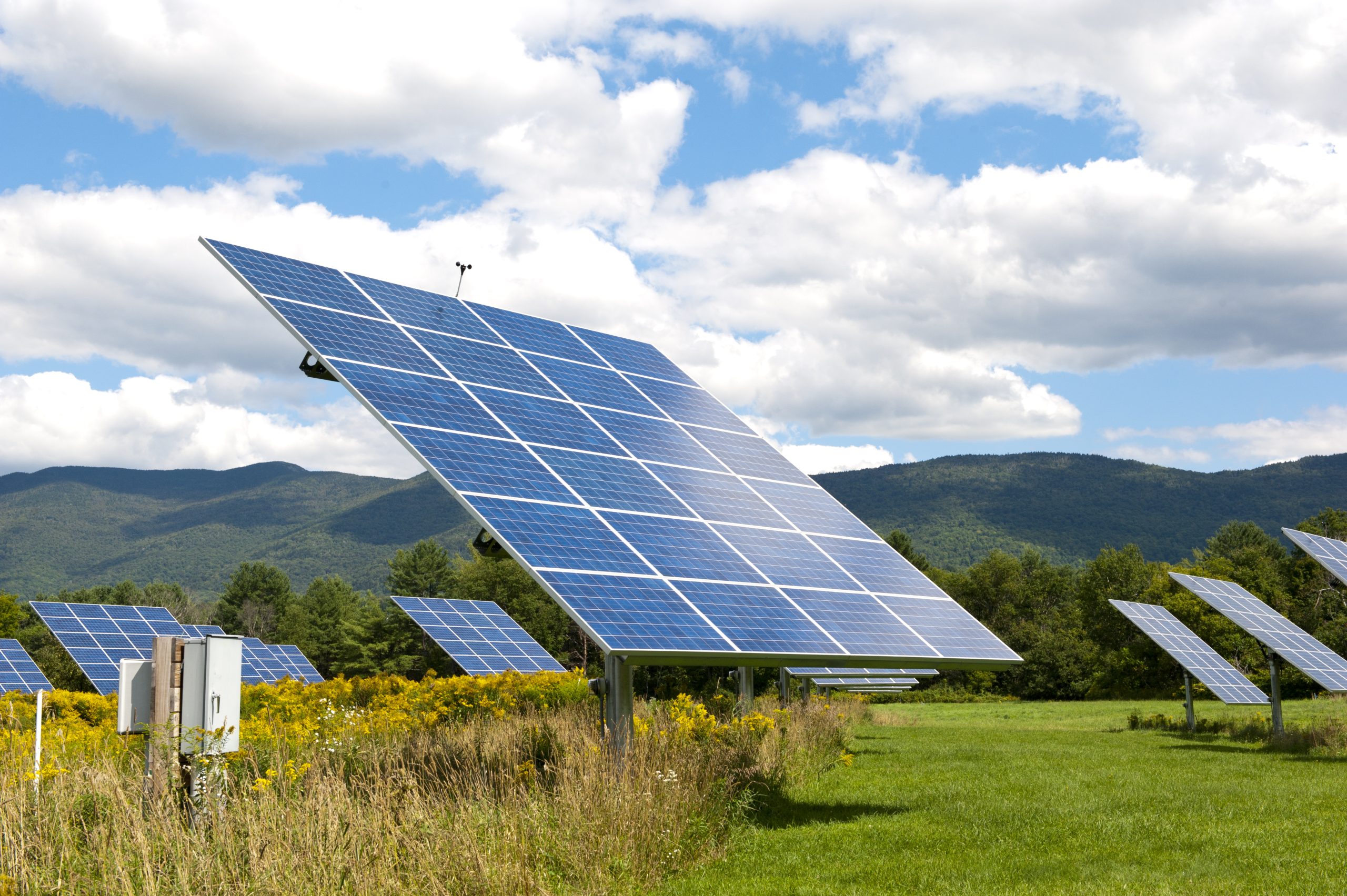Energy production breaks records

Clean energy production in Portugal goes well and is recommended. According to the latest data, Portugal reached a milestone in 2024 by satisfying 71% of its demand for electricity through clean energy sources. « 2024 was, by the way, the second year with the highest consumption in the national electrical system, only outdated, by about 2%, for the maximum historical occurred in 2010. Last year, the consumption of electricity supplied from the public network totaled 51.4 TWh, with a growth of 1.3% compared to the previous year (2.0% considering the correction of temperature effects and number of business days), » says REN.
Entre January 1 and February 28 this year, 9 146 Gigawatts (GWh) of electricity in mainland Portugal were generated, of which 80.5% had renewable origin. The association explains that “this value reflects the maturity of the contribution of water and wind technologies, along with a growing contribution of solar technology, in line with the January 2025 records,” adds that “the greatest use of Portuguese endogenous and renewable resources for electricity production has changed the composition of the electricity production mix in Portugal and has, consecutively, performed one, performed a consecutive Increasingly determining role in consumption satisfaction, and it was quite evident by 2020 due to the fall in consumption resulting from the COVID-19 pandemic.
Already REN announced that the consumption of electricity in the first three months of this year was « the highest ever », and was consumed 14.1 TWh, beating the 13.9 TWh recorded in the first quarter of 2010.
The entity states that, compared to the same period last year, an increase of 2.7%, or 1.9% with temperature correction and business days, was registered. Looking at March, electricity consumption registered a homologous growth of 2.8%.
Accounts from the entire first quarter show that the hydroelectric productability index stood at 1.42, wind productability at 1.03 and solar productability at 0.78 (historical averages of 1). During this period, “renewable production supplied 81%of electricity consumption, with the hydroelectric component representing 39%, wind 29%, photovoltaic 7%and biomass 5%. Natural gas production fueled only 12% of consumption, while the balance of exchanges with foreigners fueled the remaining 7%.







:format(webp)/s3/static.nrc.nl/wp-content/uploads/2025/06/05163439/data133217982-f902a2.jpg)